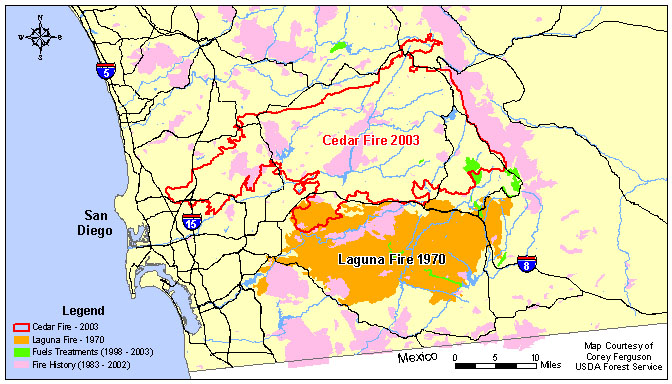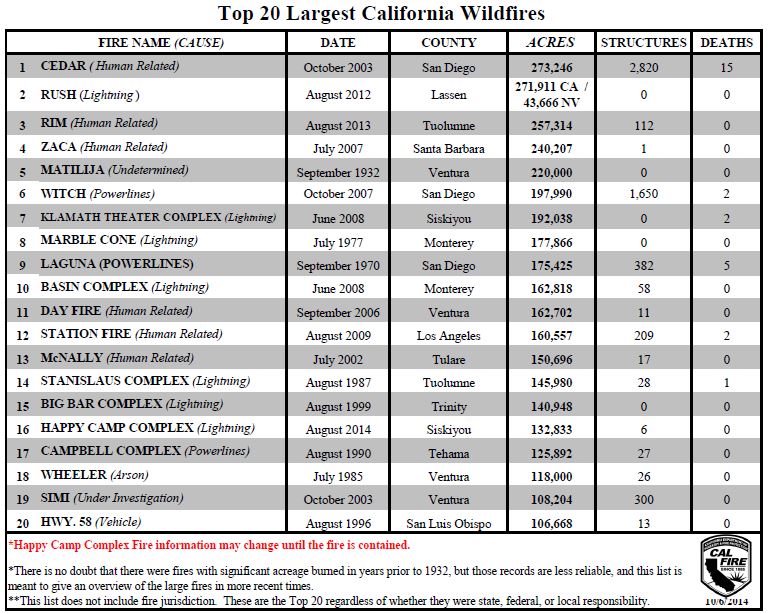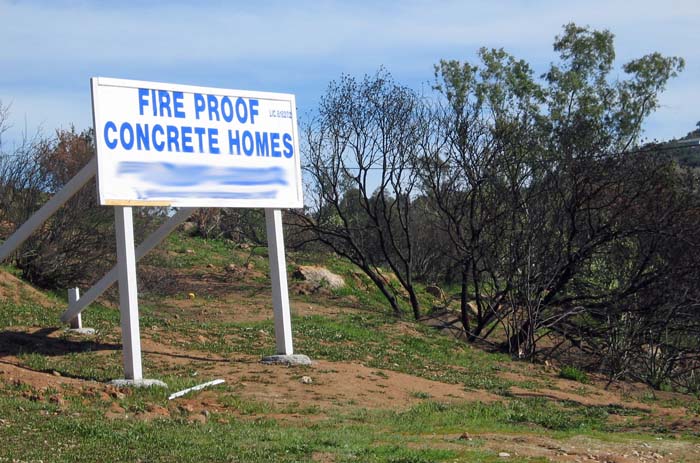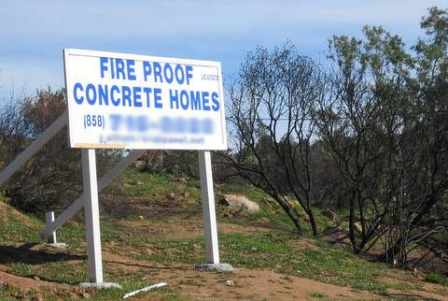(UPDATED at 10 a.m. MDT June 24, 2016)

The Cedar Fire south of Show Low, Arizona continues to spread across the Arizona landscape. The Incident Management Team reports that it has burned 45,918 acres, an increase of about 5,000 acres over the last two days. Firefighters still have miles of open fire perimeter and have been working on constructing firelines and conducting burnouts on the east and west flanks.
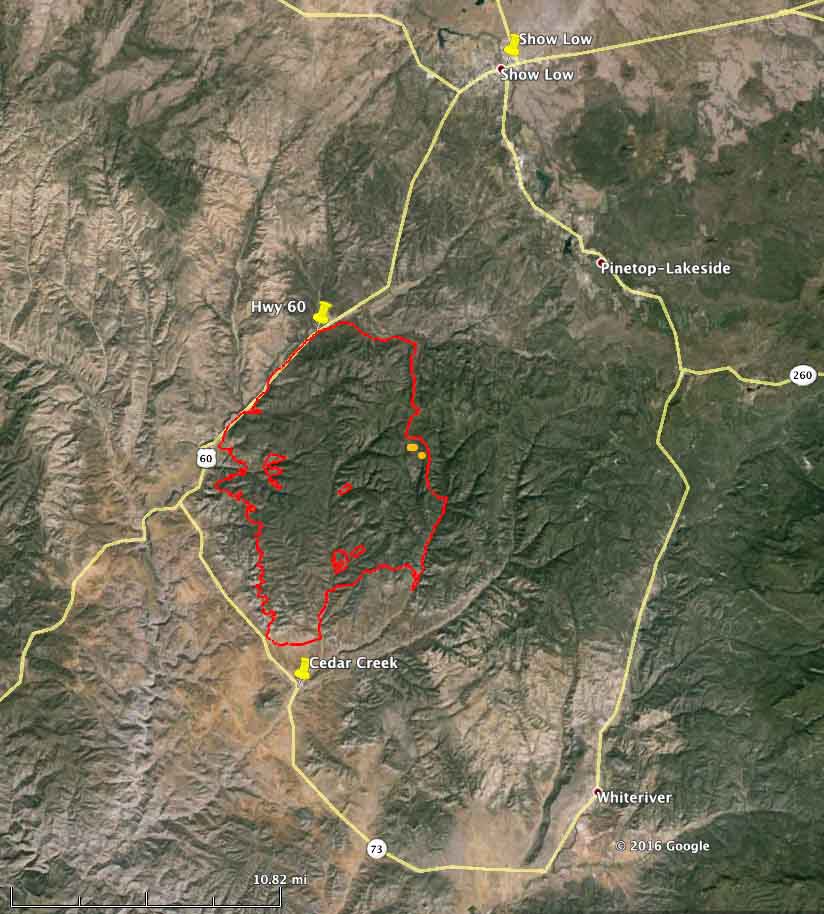
SR-60 between Carrizo and Show Low remains closed due to smoke conditions as firefighters actively work near the highway. SR-73 through Whiteriver remains open from Carrizo to Hon-Dah.
****
(UPDATED at 9:42 a.m. MDT June 22, 2016)

The Cedar Fire south of Show Low Arizona added another 5,000 acres on Tuesday to bring the number acres burned up to 40,340, according to the Southwest Geographic Area Coordination Center. Most of the growth was on the east side, and on the west side near Highway 60.
The southern perimeter is still approximately 1 1⁄2 miles north of Highway 73, and approximately 2 miles north of the Cedar Creek community. The north side of the fire remains fairly quiet.
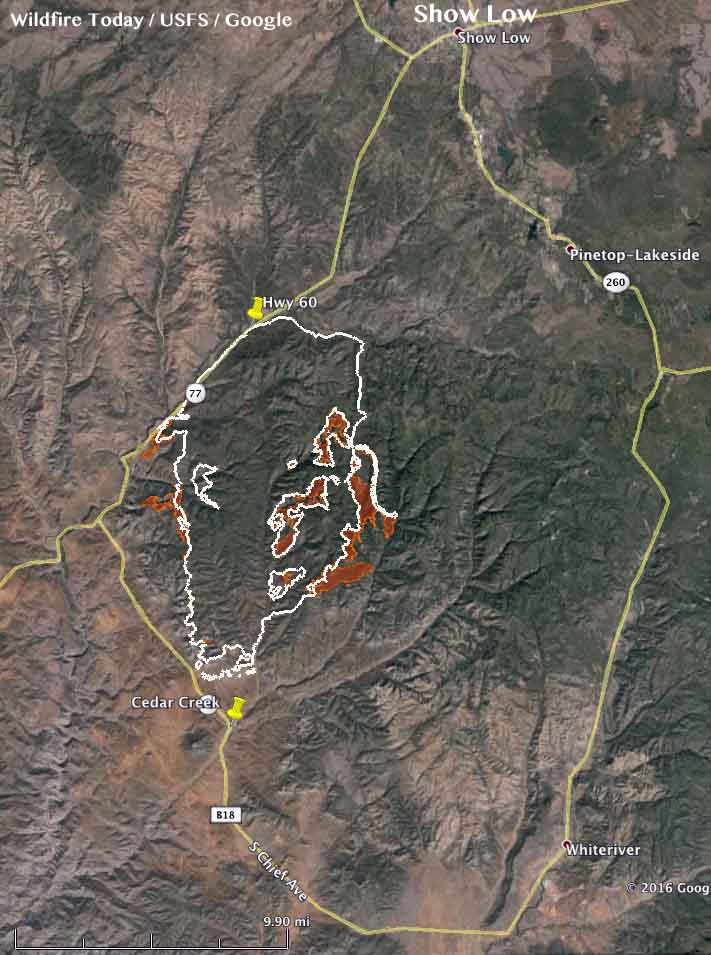
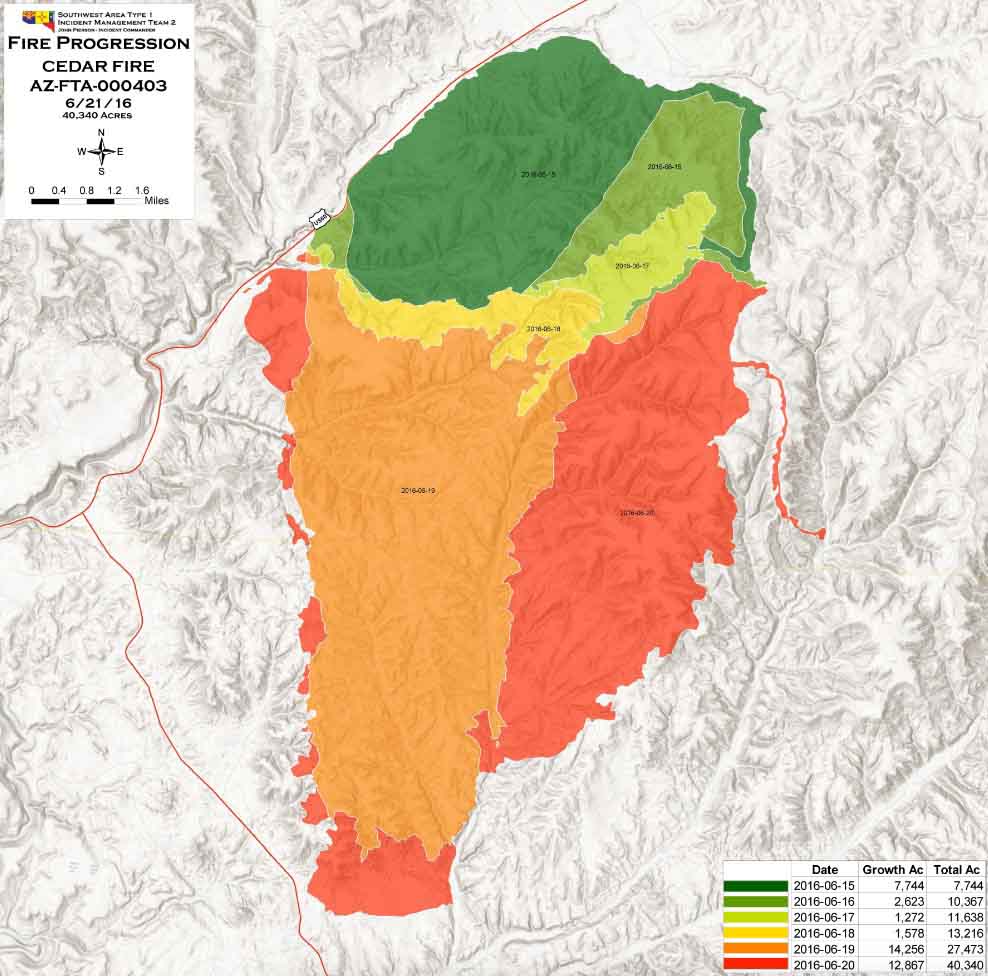
****
(UPDATED at 8:20 a.m. MDT, June 21, 2016)
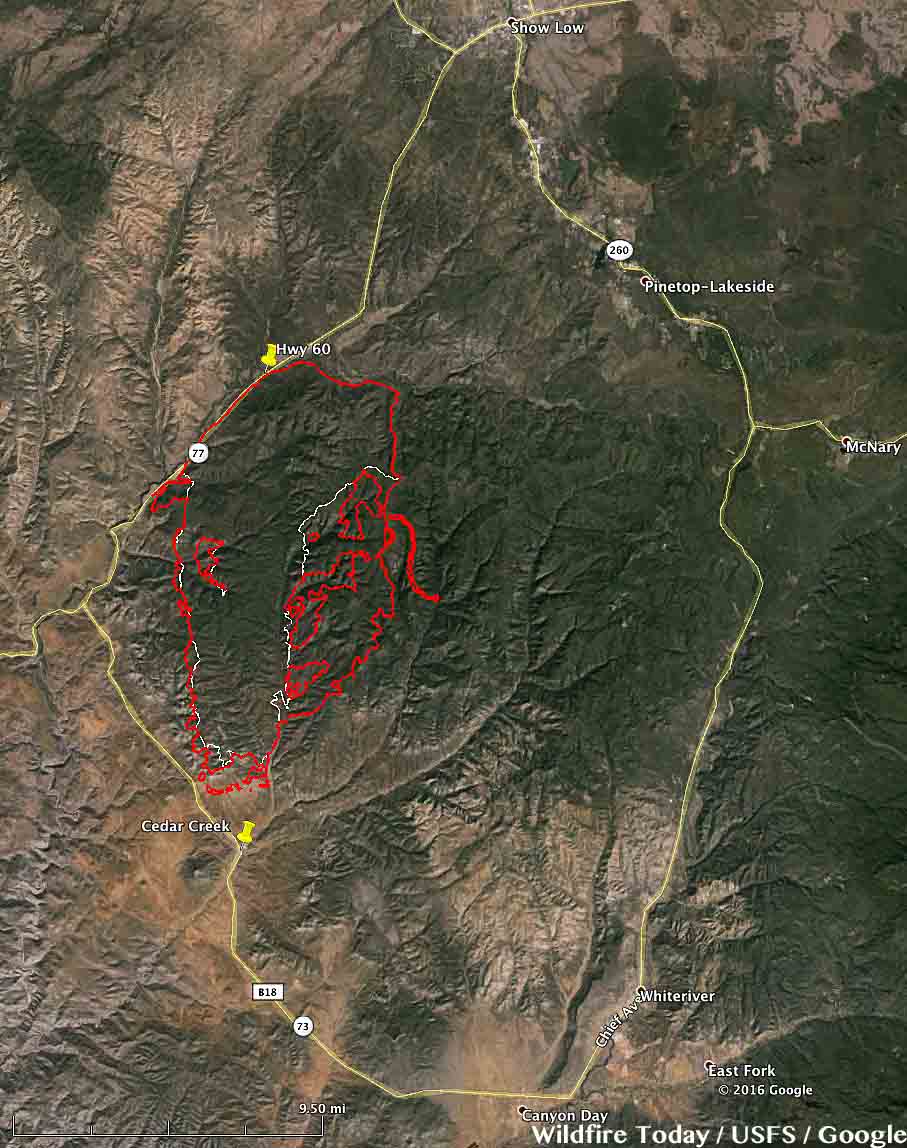
The Cedar Fire south of Show Low, Arizona continued to grow substantially on Monday adding another 9,000 acres to bring the total burned area up to about 35,000 acres. The fire was active on the southwest and south sides, but was extremely active on the east side where it spread over two miles further east.
The Incident Management Team (IMT) has posted a video briefing on the fire that was recorded on Monday.


